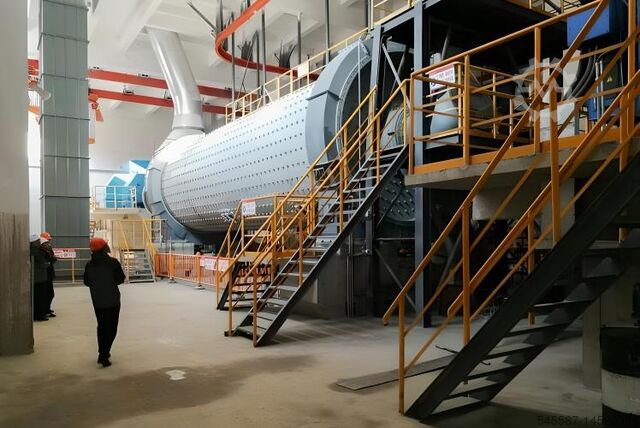Used Thread Grinding for sale (6,198)
 Germany
Germany Thread Grinding Machine
REFORMZSM 4000 GS
 Germany
Germany Thread Grinding Machine
ReishauerNRK
 Germany
Germany Thread Grinding Machine
BUDERUSBV 1600

+44 20 806 810 84
 Malsch
Malsch Thread-Worm-Grinding-Machine
REISHAUERUL 900
 Metzingen
Metzingen Thread-Worm-Grinding-Machine
REISHAUERULG 46
Discover more used machines
 Hofheim in Unterfranken
Hofheim in Unterfranken Thread grinding machine
MSOGA2
 Malsch
Malsch Thread Grinding Machine
LINDNERFS 3
 Metzingen
Metzingen Thread-Worm-Grinding-Machine
MIKROMATGSU 320/1
 Metzingen
Metzingen Thread-Worm-Grinding-Machine
LINDNERGH 300-38
 Metzingen
Metzingen Thread Grinding Machine
BAHMÜLLERIPE 12 i.S.
 Zheng Zhou Shi
Zheng Zhou Shi Powder grinding machine
Fine powder grinding mill, clinker millSuperfine ball mill for micro powder
 Cesano Boscone
Cesano Boscone Twin shaft shredder
ITS Shredding & Grinding SolutionITS180x300E
 Medvode
Medvode Guide rail grinding machine
Grinding Machine
 Tipton
Tipton SURFACE GRINDING MACHINE
SURFACE GRINDING MACHINEFSG-1640 AD
 Athina
Athina New surface grinding machine
SURFACE GRINDING MACHINE560 X 260
 Zheng Zhou Shi
Zheng Zhou Shi Grinding mill
Abrasive Aluminium Oxide Grinding PlantMicrosilica powder Grinding Mill
 Zheng Zhou Shi
Zheng Zhou Shi Fine Powder Grinding Plant
Cement mill & Ultrafine Grinding MillFine Powder Grinding Plant
 Zheng Zhou Shi
Zheng Zhou Shi Cement mill,clinker grinding plant
Clinker grinding mill / cement ball millcement grinding with air classifier
 Zheng Zhou Shi
Zheng Zhou Shi Mill / grinding mill
Batch Ball Mill, Silica grinding millQuartz ball mill, silica powder grinding
 Zheng Zhou Shi
Zheng Zhou Shi Roll forming line
Rod ball mill / Rod Grinding MillFor Sand and mining beneficiation plant
 Zheng Zhou Shi
Zheng Zhou Shi Roll forming line
ball grinding mill for mining &fine sandsilica/Barite/limestone powder plant
 Gelderland
Gelderland FLAT GRINDING MACHINE
ELB-SchliffSWBDE 12 SA
 Ahmedabad
Ahmedabad FLAT GRINDING MACHINE
FAVRETTOMFD 200 CNC
 South Korea
South Korea Surface Grinding Machine
WALDRICH COBURG30-15 S 2525
 Gelderland
Gelderland FLAT GRINDING MACHINE
ELB-SchliffCLASSIC B15 UNC.F
Used Thread Grinding (6,198)
Search Machineseeker now with more than 2,00,000 used machines:Browse through the most popular machine descriptions:
This may be of interest to you

+44 20 806 810 84


















































































































































































































